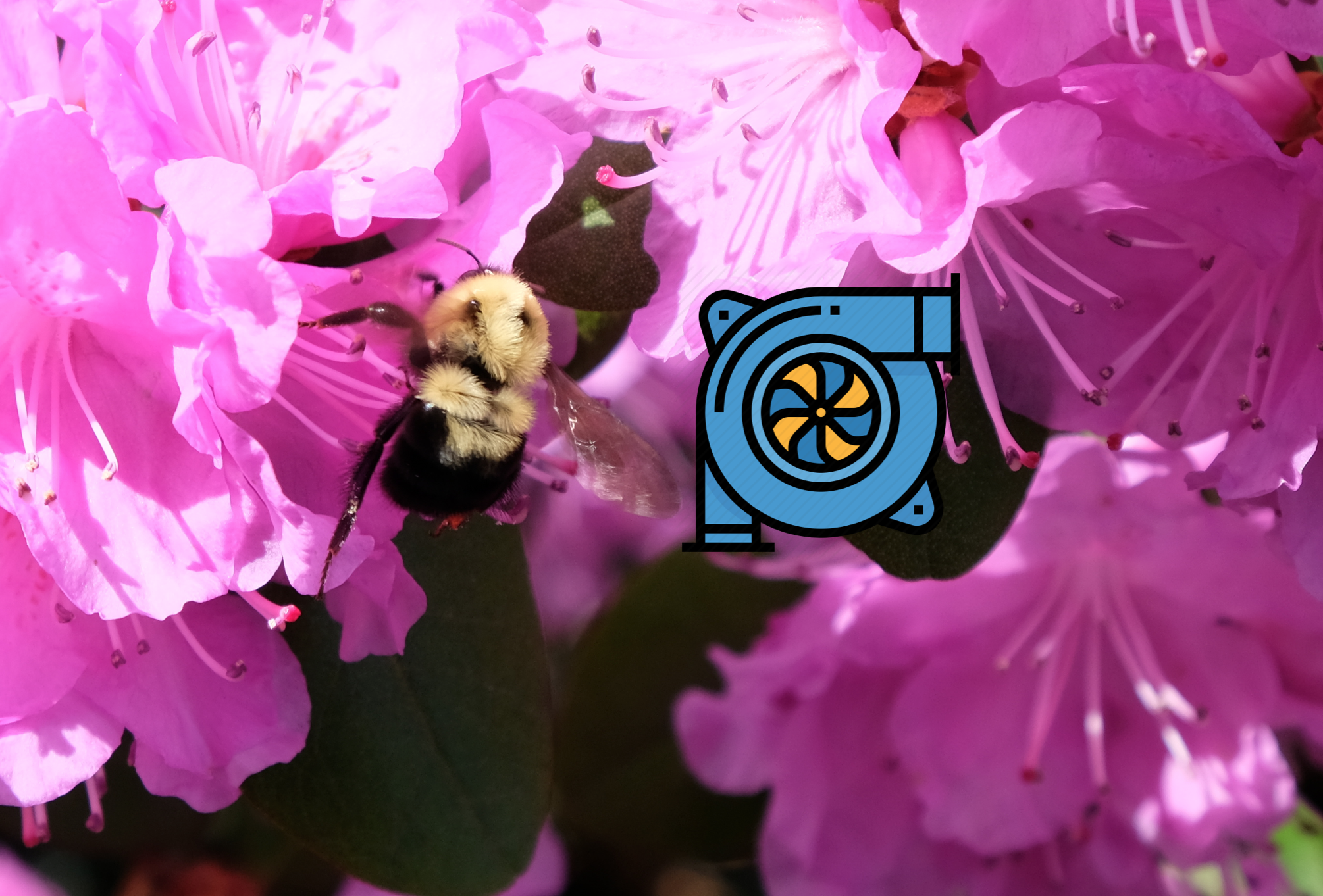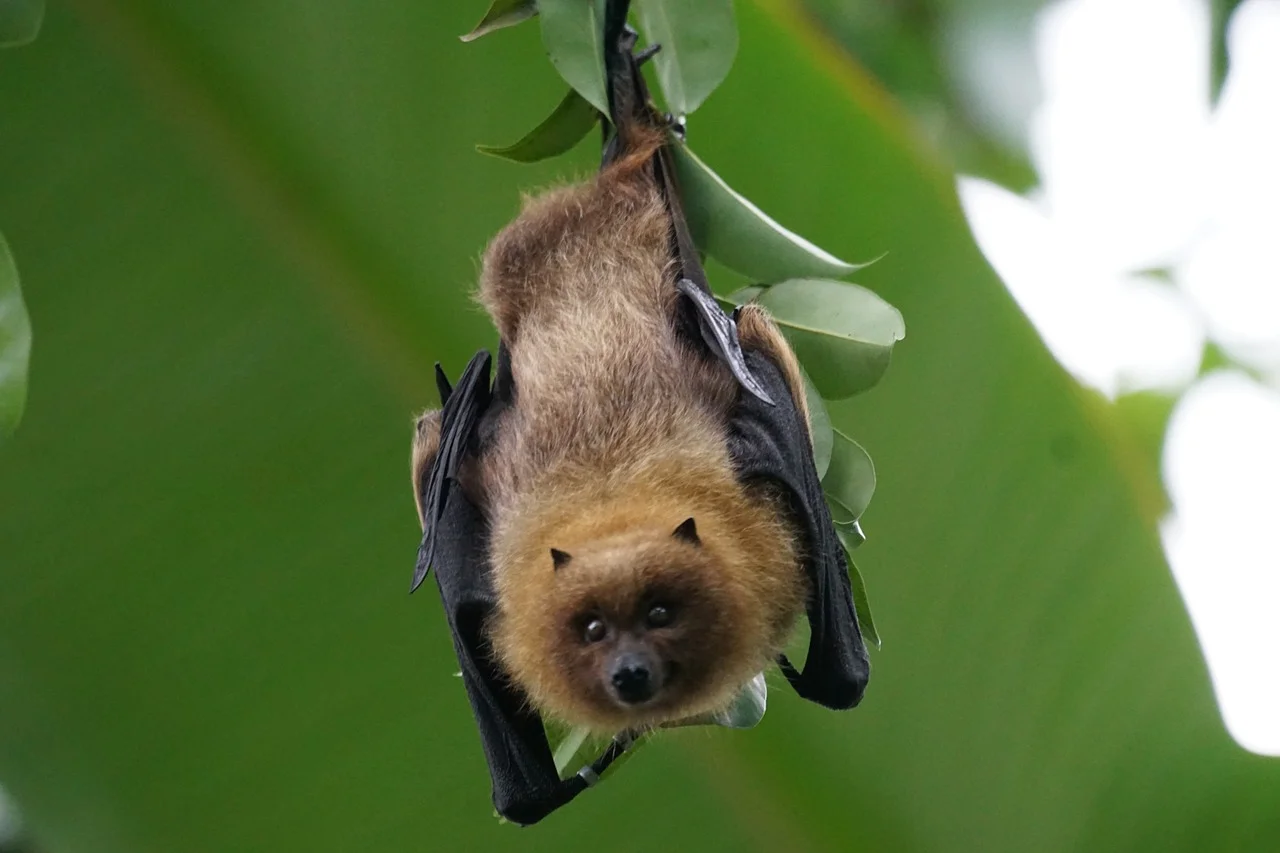Biomimetic Opportunities for Accelerating the Circular Economy within Mobility
The Circular Economy Gap Report 2021 suggests a mix of vehicle design and durability improvements and circular initiatives to enhance circularity in mobility. How might biomimicry accelerate the circular economy of mobility?
























